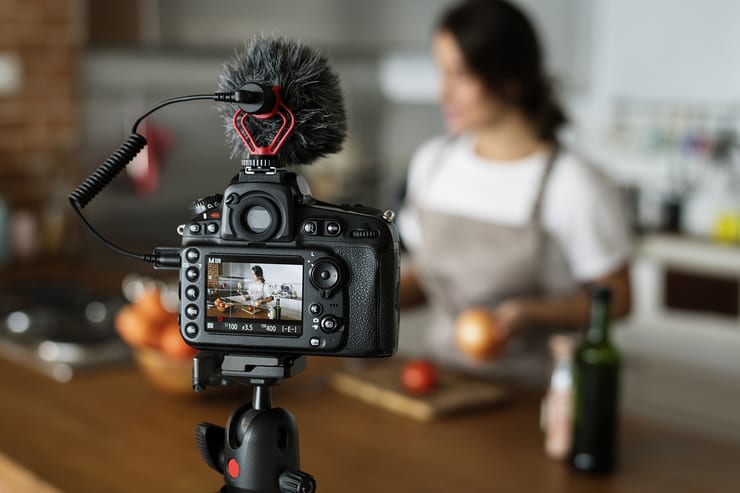Like for all other business operations, the COVID-19 pandemic is changing how nonprofit organizations execute their fundraising activities. No one knows how long the crisis will last, and nonprofits can’t afford to take a break from fundraising. Staying connected to donors is critical to nonprofits and their ability to achieve their mission.
The need for social distancing has curtailed normal in-person fundraising events such as runs, walks, bike rides, dinners and galas. Many nonprofits have switched to virtual activities to keep donors engaged and to encourage giving.Some of the ways nonprofits are adapting include:
- Peer-to-peer events – Donors challenge friends to participate in living room fitness challenges, solo runs in their neighbourhood or backyard athletics to raise funds. Mobile apps can track progress and participation. You can create giving brackets and track donor teams to add to the competitive spirit.
- Online workshops and classes – Zoom, TEAMS and FaceTime cooking classes with local chefs are a popular way to entice donors to give and support local restaurateurs. Arts organizations and dance schools are offering online classes that enable artists to share their skills and engage donors in activities related to their interests.
- Challenge events – Popular challenges (think back to the Ice Bucket Challenge) have effectively engaged social media. These events can still go on virtually in the privacy of donors’ homes. Participants can post videos on your website and YouTube to spur participation and gather donations.
- Lectures – Museums and arts centres are broadcasting virtual conference programs for major donors with experts on art, science, technology and culture. These events cover timely topics and research and link back to the nonprofit’s mission and collections.
- Social hours – Bring donors together for online cocktail hours using renown mixologists, shared drink recipes and virtual luncheons with menu suggestions or even food delivery. Use these events to feature news about your programs and services.
- Documentary films and commentary – Nonprofits often have favourite films that are central to their mission. You can schedule a time for donors to watch the movie online and to discuss it in a chatroom. Your nonprofit executives can serve as commentators and answer questions.
- Video chats with major donors – Corporate and major individual donors appreciate receiving personal updates on your nonprofit’s operations during the COVID-19 crisis. Use this time to highlight changing needs and reinforce your mission.
When deciding to undertake a virtual fundraising event, consider the following:
- If converting a traditional event to virtual, step back and assess its purpose, impact and financial contribution. Focus on those events that yield the greatest revenue and brainstorm with staff on how they can be adapted.
- Evaluate how planning, timing and commitments can be adapted. Consider how staffing needs may change by switching to a virtual format.
- Use technology and social media to facilitate connections in new ways. Include a chat function, add a video link or schedule a Zoom call to ease access and participation.
- Communicate to your donors and community how the event is changing to address current social distancing restrictions. Reinforce the message that your organization’s needs persist during the crisis.
- Consider renaming your event to acknowledge your new virtual approach.
- Gather corporate sponsorships, just as you would in the past. Keep your traditional donors informed and engaged.
- Rethink your invitation list. You may decide to expand it to everyone on your email list, or narrow it to only your big donors for an exclusive and intimate virtual gathering.
Albeit fundraising is not a core specialty of ours, FL Fuller Landau is pleased to offer you these tidbits of advice, in the hope that it will help you generate new fundraising ideas and approaches. For more information about accounting matters related to NPOs, please do not hesitate to contact us.









